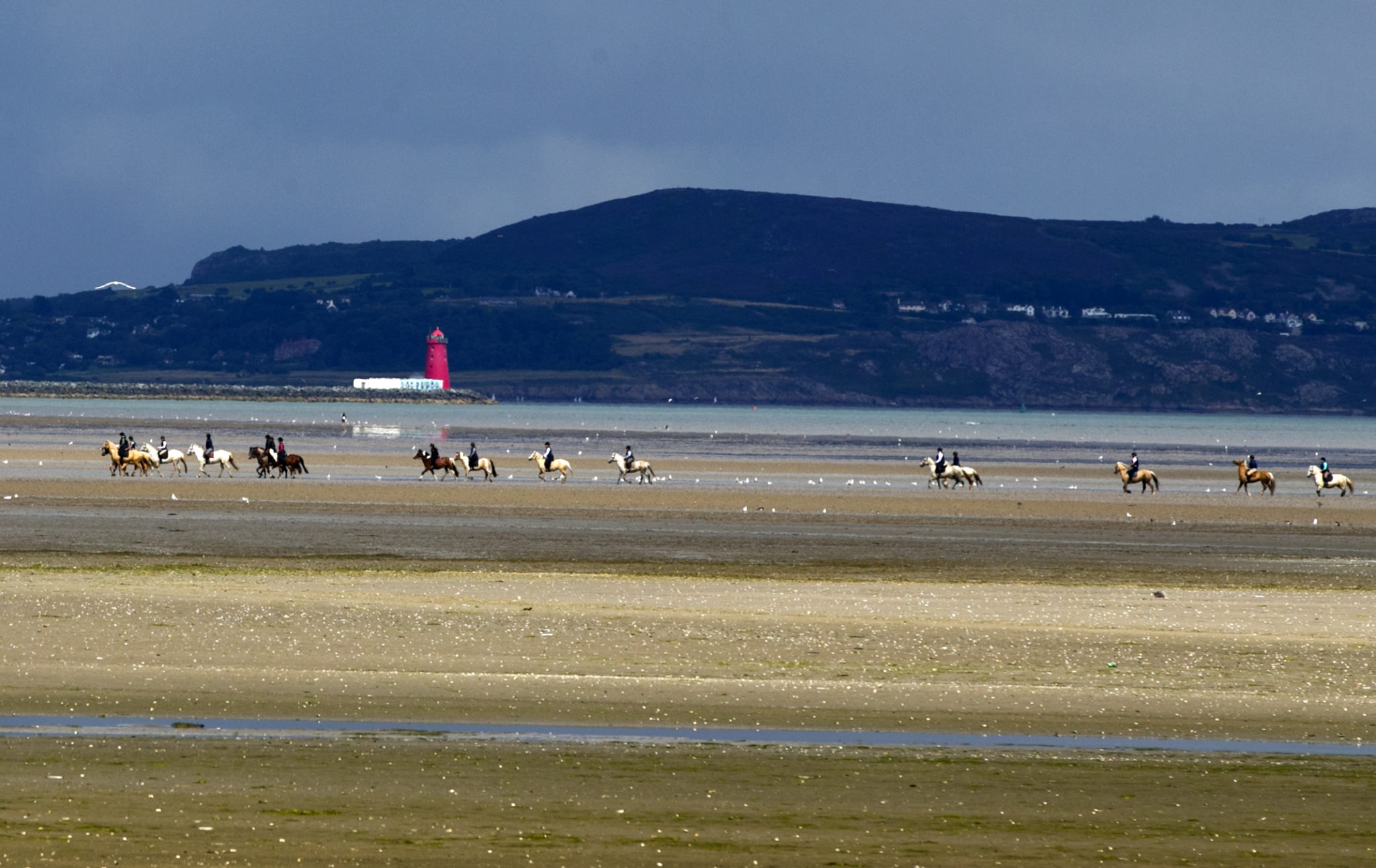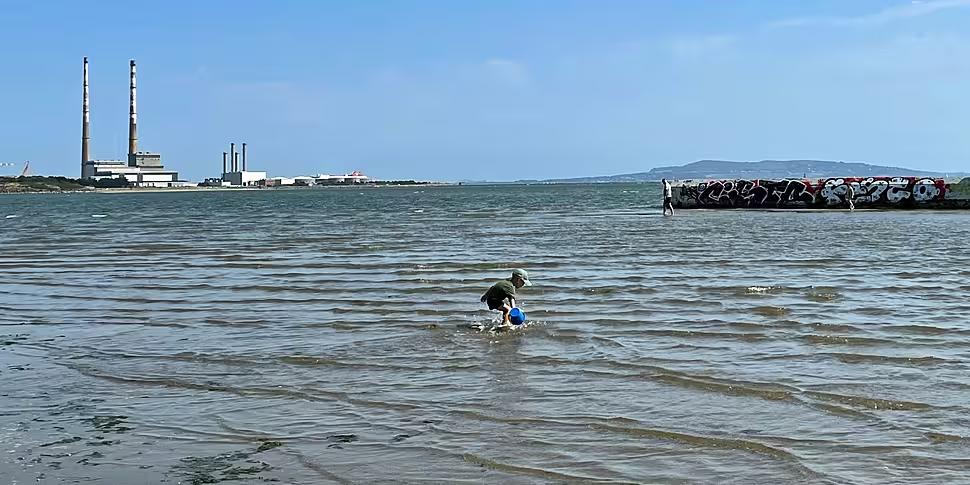There are currently five beaches in Ireland considered unsafe to swim at, the Environmental Protection Agency has said.
In its annual Bathing Water Quality in Ireland report, the EPA said the overwhelming majority of beaches around the country meet the minimum standard and are safe to swim in.
Speaking to Newstalk Breakfast, EPA Programme Manager Mary Gurrie described it as ‘overall a good news story’.
“The vast majority of our beaches and bathing areas meet the minimum standard - that’s over 97% of them,” she said.
“We’ve a fabulous resource on our beaches right around the coastline and some of our inland areas.
“In fact, over three-quarters of them are at excellent water quality - that’s 77%.”
 Mother and daughter walking on Narin Beach, Portnoo, County Donegal Ireland. Image: Daryl Mulvihill / Alamy
Mother and daughter walking on Narin Beach, Portnoo, County Donegal Ireland. Image: Daryl Mulvihill / AlamyIn 2022, there were three beaches in Ireland which were designated as poor quality.
By 2023, the number nearly doubled.
“We do, unfortunately, have five bathing areas of poor quality,” Ms Gurrie said.
“We have Ladies’ Bay in Buncrana in Donegal, Trá na mBan in An Spidéal in Galway and then we’ve three Dublin beaches; that’s Balbriggan, Loughshinny and Sandymount Strand.
“Sandymount and Loughshinny are poor this year.”
 Horse riders enjoy the weather on Sandymount Strand, Dublin this afternoon. Photo: Sam boal/Rollingnews.ie
Horse riders enjoy the weather on Sandymount Strand, Dublin this afternoon. Photo: Sam boal/Rollingnews.ieMs Gurrie said dog fouling is a particular problem along Dublin’s Sandymount Strand - an area popular with dog walkers who want to walk out to Poolbeg Lighthouse.
“We know dog faeces is a problem and any sewage, anything that might contain faecal matter,” she said.
“We really would encourage dog owners to be responsible and clean up.
“Nobody wants to be leaving behind something that could cause illness to somebody else.”
The EPA has called for more climate resilience and noted average rainfall in Ireland has increased due to climate change.
“When you get a lot of rainfall, you get a lot of rainwater going into the sewage system and into the drains,” Ms Gurrie said.
“They’re designed to overflow on occasion but we’ve [had quite a lot of] overflows with untreated sewage.
“Similarly on land, a farmer may have spread slurry and then there’s a very heavy rainfall, that can get washed into the streams and then onto the beaches.
“So, the heavier the rain and more intense the rain can exacerbate the problem.
“We need to start thinking about that in terms of our climate resilience.”
2023 was Ireland’s hottest year on record and the month of July was also the wettest ever.
Main image: A young boy in the sea at Sandymount beach. Image:PA Images / Alamy Stock Photo









